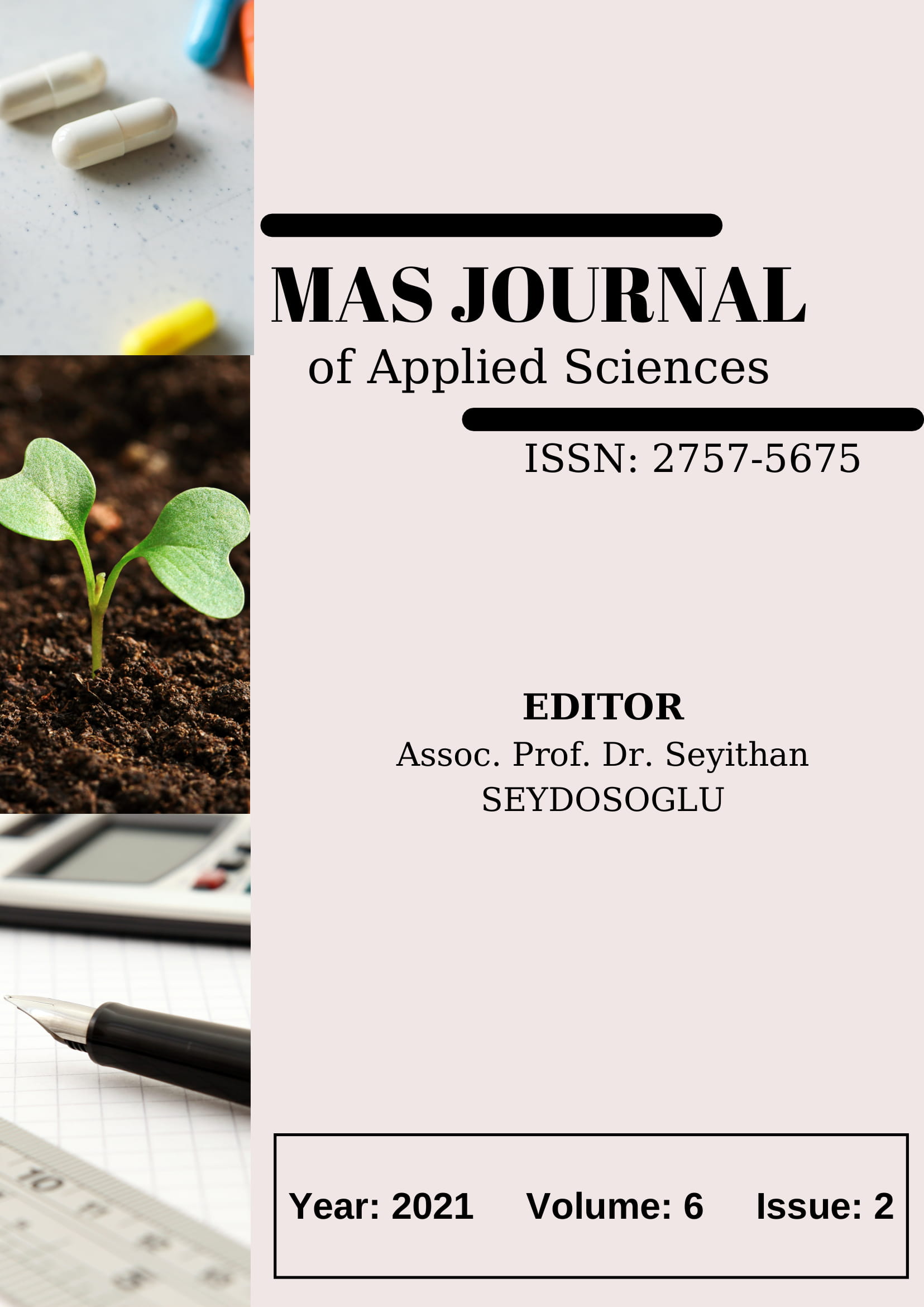Theoretical Analysis of Energy Potential of Vegatable Waste (A case study in Tokat Province)
DOI:
https://doi.org/10.52520/masjaps.89Keywords:
Biomass, agricultural waste, calorific value, energy, Tokat ProvinceAbstract
Tokat Province has a wide range of crop products due to its geographical location. In this study, the amount of agricultural waste used in Tokat province due to plant production and the energy potential of these wastes are calculated theoretically in terms of biomass. Since the production of the products with high waste potential in the province is intense, determining the amount of waste originating from plant production is important. In the determination of biomass and energy potential for Tokat province, production materials with usable waste potential were selected. In the calculations, the crop production statistics of TUIK and provincial directorate of agriculture and forestry, 2019 and the coefficients determined by different institutions and researchers were used. The amount of theoretical dry biomass of the crops in Tokat is 993 527, 89 tons/year for field crops and the total calorific value capacity is 17 703 258,43 GJ/year. Dry biomass potential of pruning waste for fruit trees is calculated as 7 845 124,67 tons/ year and total calorific value capacity is 156 902 493,40 GJ/year. The biomass production potential of the province was evaluated and recommendations were made for the current situation and the future.
Downloads
Published
How to Cite
Issue
Section
License
Copyright (c) 2021 The copyright of the published article belongs to its author.

This work is licensed under a Creative Commons Attribution-NonCommercial 4.0 International License.


